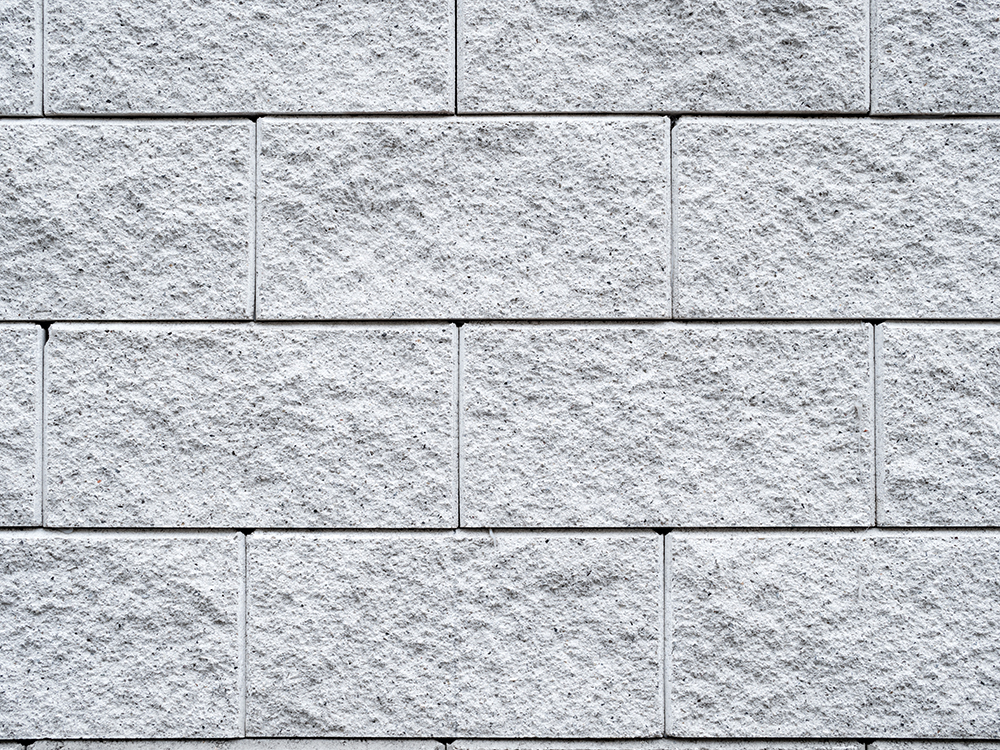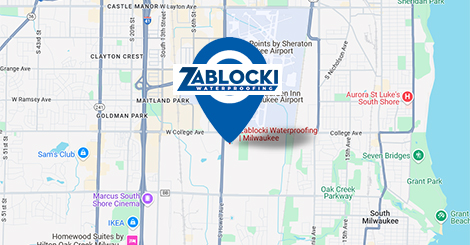It may come as a surprise, but professionals in the American home inspection industry have estimated that as much as 60% of U.S. homes have wet basements, and that over half of those homes are at increased risk for mold growth. The hazards of moisture and mold in a home are widespread, and can even be deadly if not properly addressed.
Discussions about basements and foundations might make you worry about a high price tag, but there are DIY steps you can take as a homeowner to fix minor basement moisture issues. The most important thing to determine first is what kind of basement moisture problem is present: condensation, runoff, flood damage, seepage, or something else. From there, actions can be taken to properly address the issue. If you have noticed moisture in your basement, read on for our favorite basement leak prevention tips and strategies.
Basement moisture issue: condensation
Condensation appears in your basement as droplets of water on foundation walls and floors. This happens when warm, moist air in the basement comes into contact with the cold foundation walls, much in the same way that a cold beverage on a hot day appears to “sweat.” Condensation can be easily confused with other types of basement moisture issues such as underground seepage or runoff. However, an easy test can tell you if condensation is the culprit: tape a piece of aluminum foil over wet spots, and check back the next day. If new dropets have formed on top of the foil, then you are dealing with a condensation issue.
To address the problem of condensation, start by using a dehumidifier to remove moisture in the air. If your basement has windows or doors, open them to allow the space to ventilate. Also, insulate cold water pipes with wrapping to prevent sweating. There are also waterproof coatings you can purchase to seal foundation walls and prevent condensation.
Basement moisture issue: runoff
If your basement walls are wet after a heavy rainstorm or significant snow melt, it is likely that water runoff is a source of basement moisture in your home. To address runoff issues, start by ensuring that the soil surrounding your home is properly graded. A good rule of thumb is that the soil (preferably a clay-based soil) should slope away from your house at least 1 vertical inch for every foot of horizontal distance (i.e. 1” rise for every 1’ run).
In addition, ensure that your downspouts are clean, and install extenders that direct any water further away from the foundation. Make sure your gutters are clean and that they allow for efficient, leak-free water flow.
Basement moisture issue: underground seepage
Underground seepage issues look a lot like symptoms of runoff, with one major difference: they are present all the time, not just during storms or snow melt. These issues are due to high groundwater impeding your home’s underground drainage systems from functioning properly.
Minor seepage issues may be responsive to a DIY fix. For example, it is possible that all that is needed is an injection of absorbent clay into the soil or a polyurethane caulk into basement wall and floor cracks. However, a professional may be needed for more extensive solutions, which can include excavation and installation of drain tile systems and/or sump pump systems to assist in water drainage and redistribution. These kinds of solutions can be quite time consuming and complex, and should be left to a licensed professional.
If you’ve noticed moisture of any kind in your basement, it’s important to fix it early and keep an eye on the issue. The tips above can help an eager DIYer, but it’s always wise to consult a basement waterproofing professional to ensure the issue is fixed for good. At Zablocki Waterproofing, we help homeowners in Milwaukee and surrounding communities with expert foundation repair and basement waterproofing services. Give us a call to get started today.






